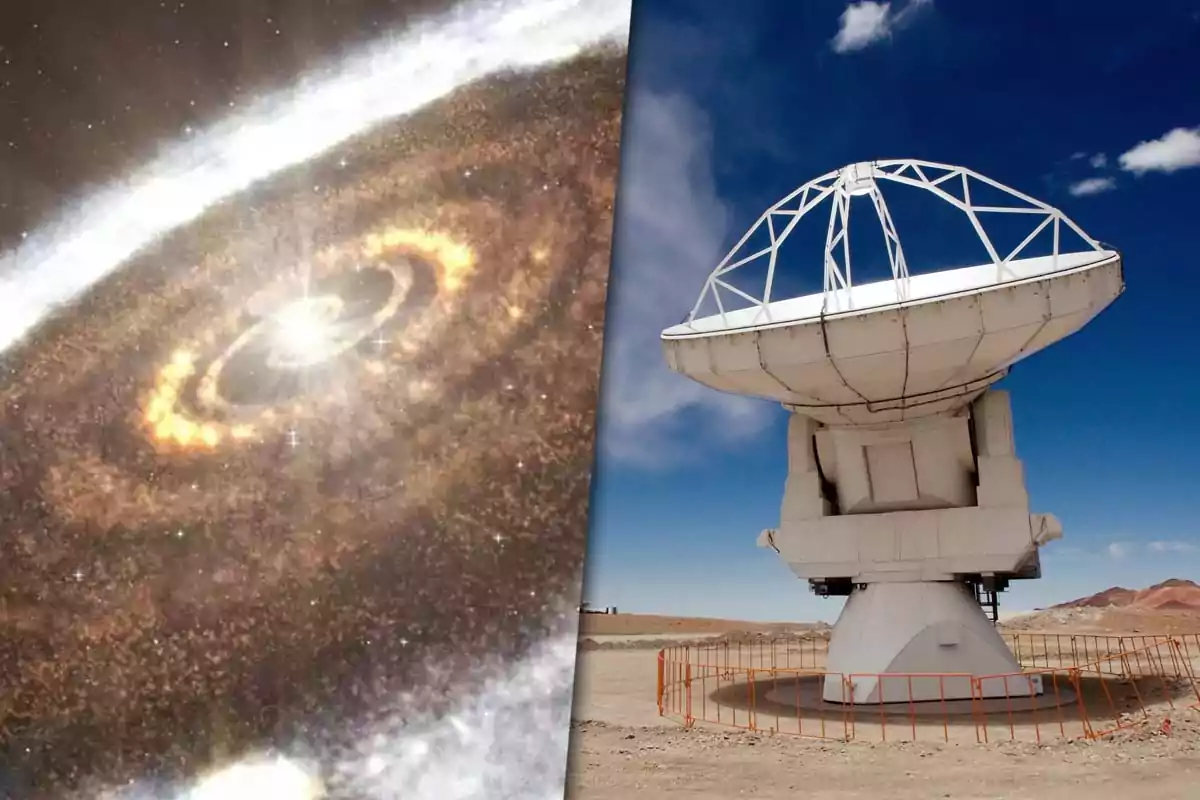
Chemical signs of life discovered in a star system 1,300 light-years away
They detected compounds that could give rise to life in a forming star located 1,300 light-years from Earth
A group of astronomers found 17 complex organic compounds in the protoplanetary disk of V883 Orionis, a young star located in the constellation Orion.
The discovery, made with the radio telescopeALMA, reveals crucial clues about the chemical origin of life in the universe.
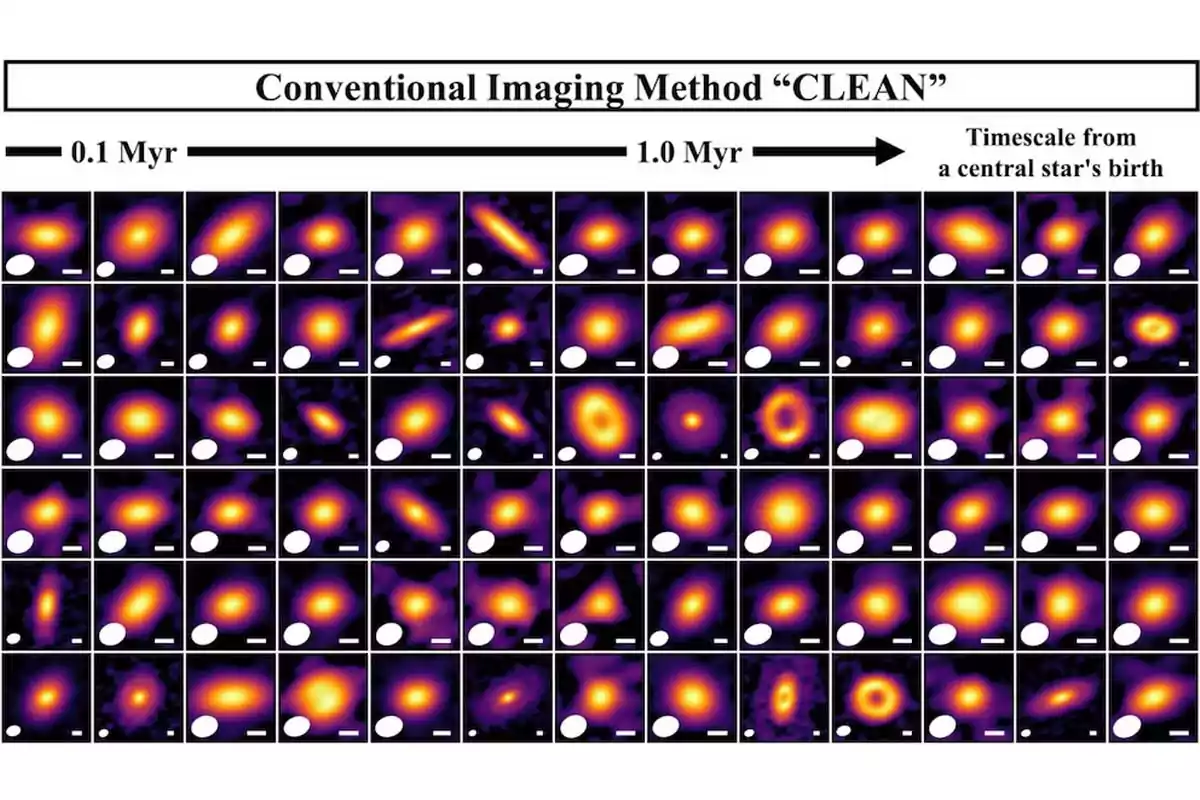
What exactly did they find?
The scientists detected molecules such as ethylene glycol and glycolonitrile, never before seen in this type of environment. These are compounds that could have contributed to the formation of amino acids and DNA bases.
These molecules emerged thanks to the heating of the gas and dust disk surrounding V883 Orionis. It was triggered by energy bursts characteristic of its early stage.
A new perspective on the origin of life
For years, it was believed that these complex molecules were destroyed during star formation. However, now, the evidence suggests that they could form before the birth of planets and survive that transition.
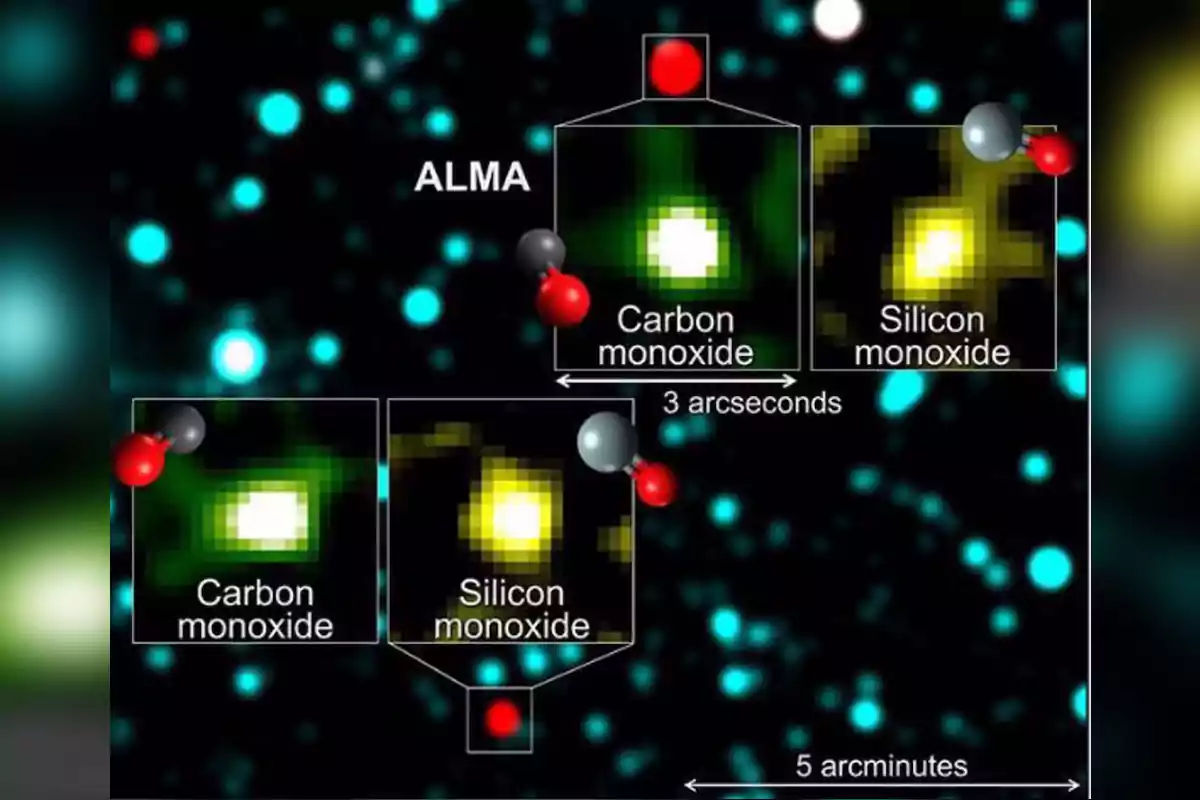
This reinforces the idea that prebiotic chemistry is not something exclusive to Earth, but rather a widespread process throughout the cosmos.
How were these molecules detected?
The team, led by astronomer Abubakar Fadul from the Max Planck Institute, used ALMA to scan the protoplanetary disk. This telescope can capture the radiation emitted by compounds that heat releases from the ice that encases them.
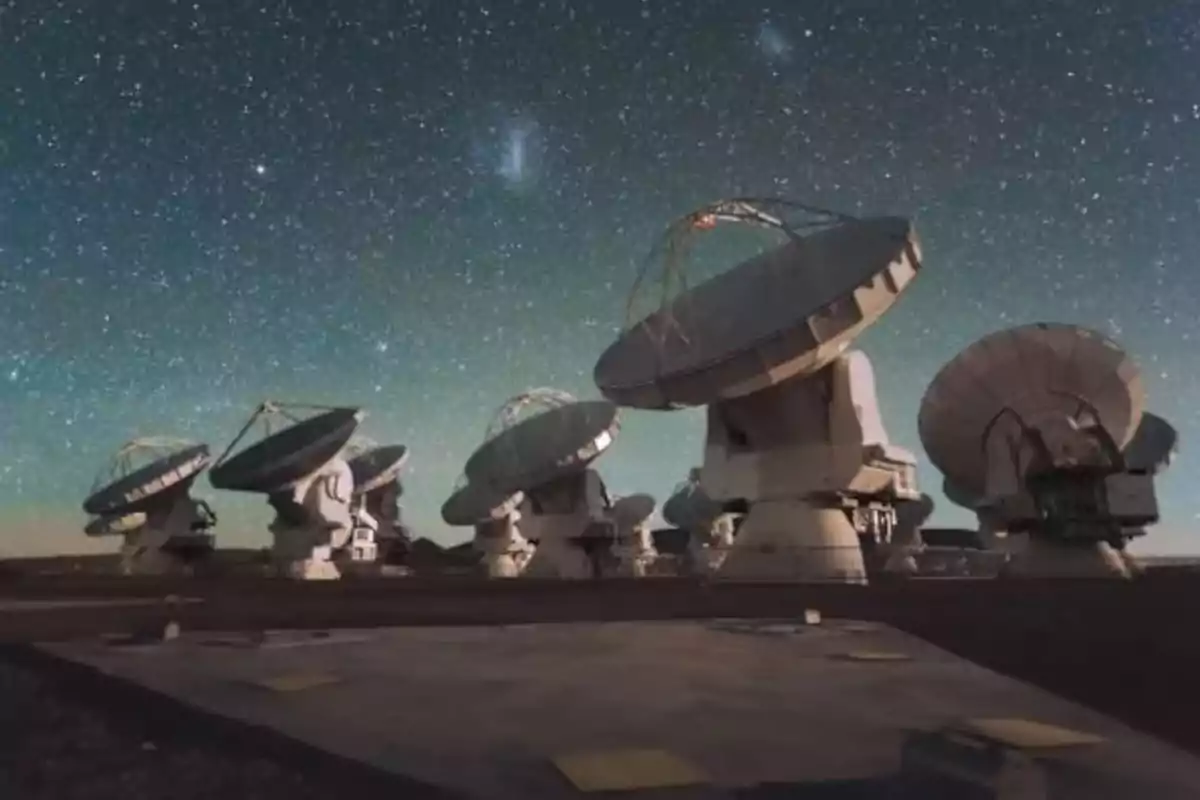
Thanks to that capability, they managed to identify unique spectral signatures that confirmed the presence of complex compounds.
What does it mean for life beyond Earth?
The detection of these substances in such a young system suggests that the ingredients for life could be available long before planets form.
This finding aligns with what has been found in comets and meteorites from the Solar System, which contain similar remnants and may have "seeded" primitive Earth.
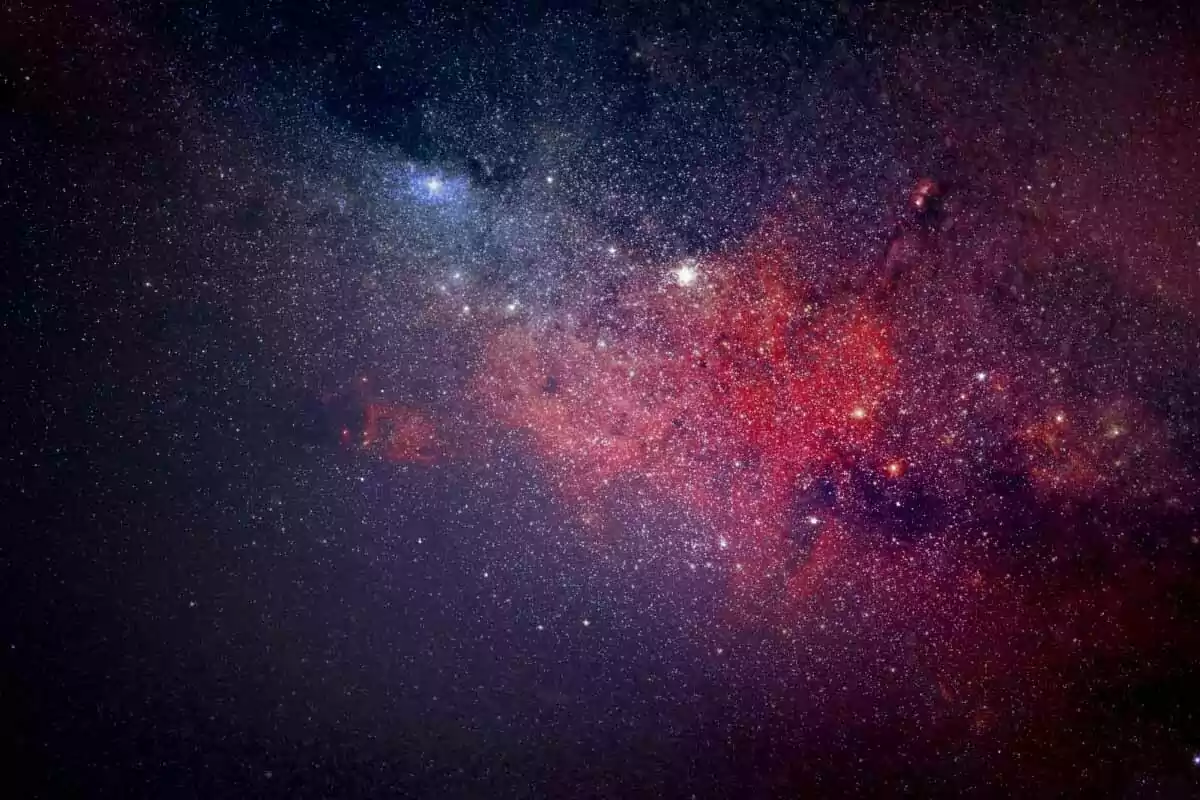
The universe could be full of prebiotic chemistry
According to the researchers, this type of finding could be repeated in other stellar systems. That opens new questions about the possibility of life on other planets.
"We're just getting started," they said. Everything indicates that the next discoveries could be even more surprising.
More posts: